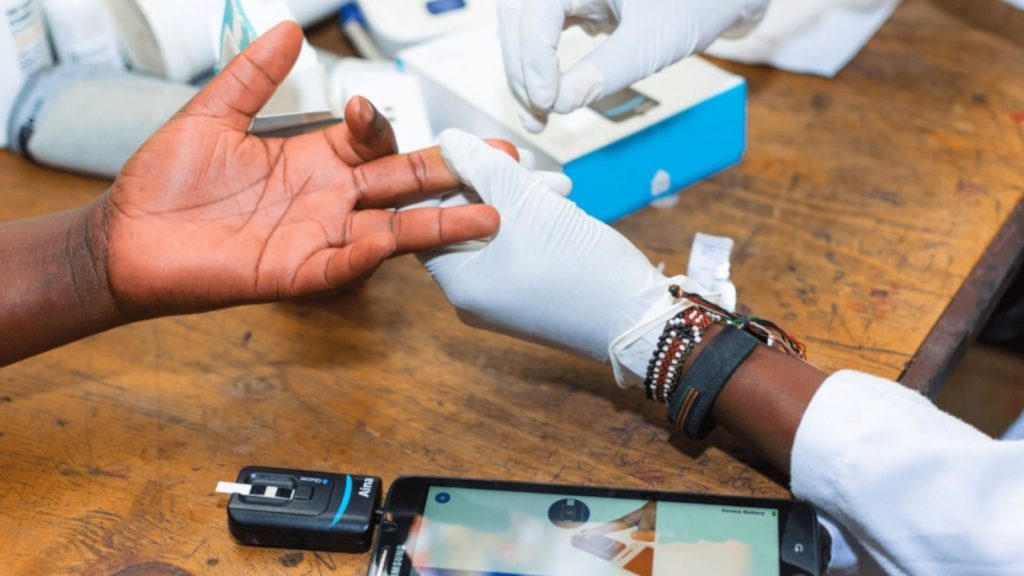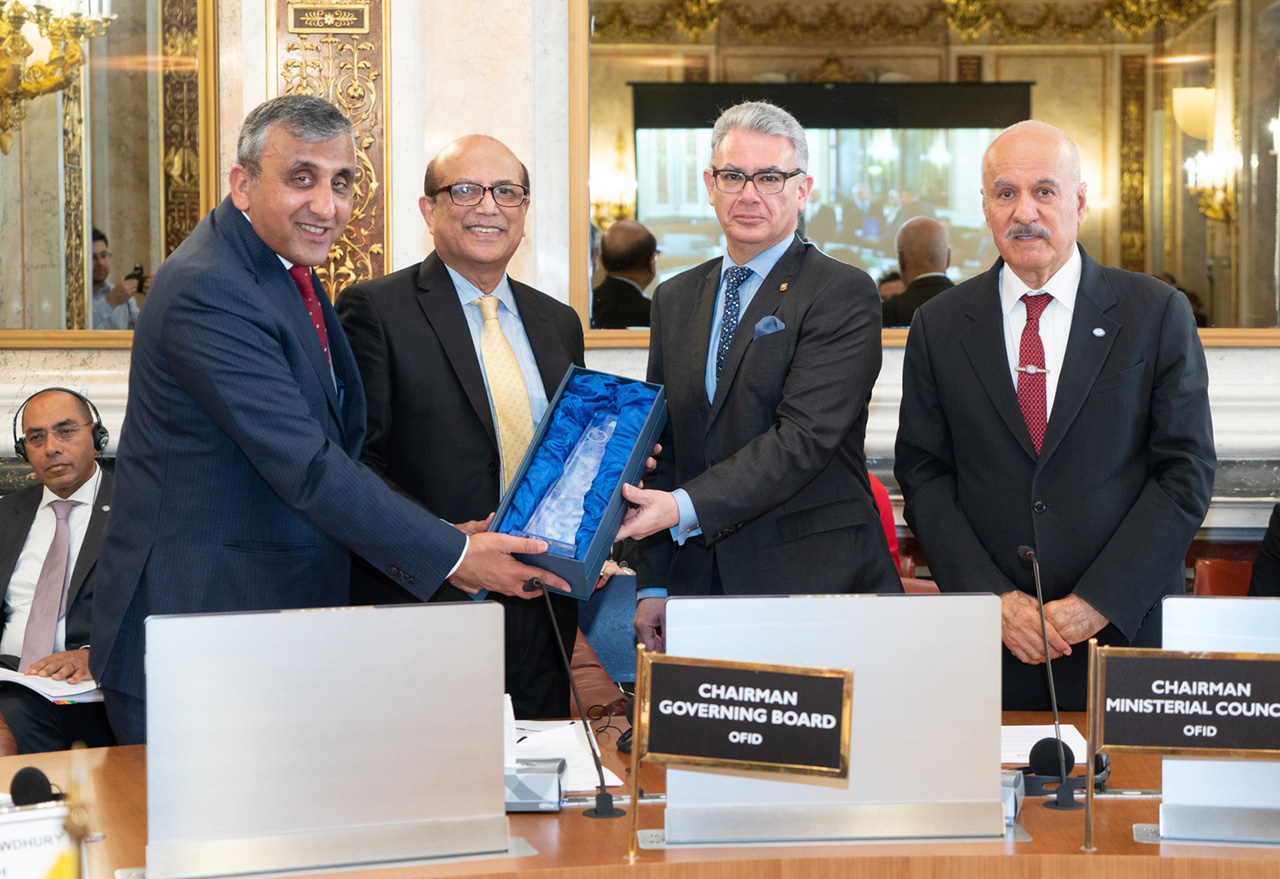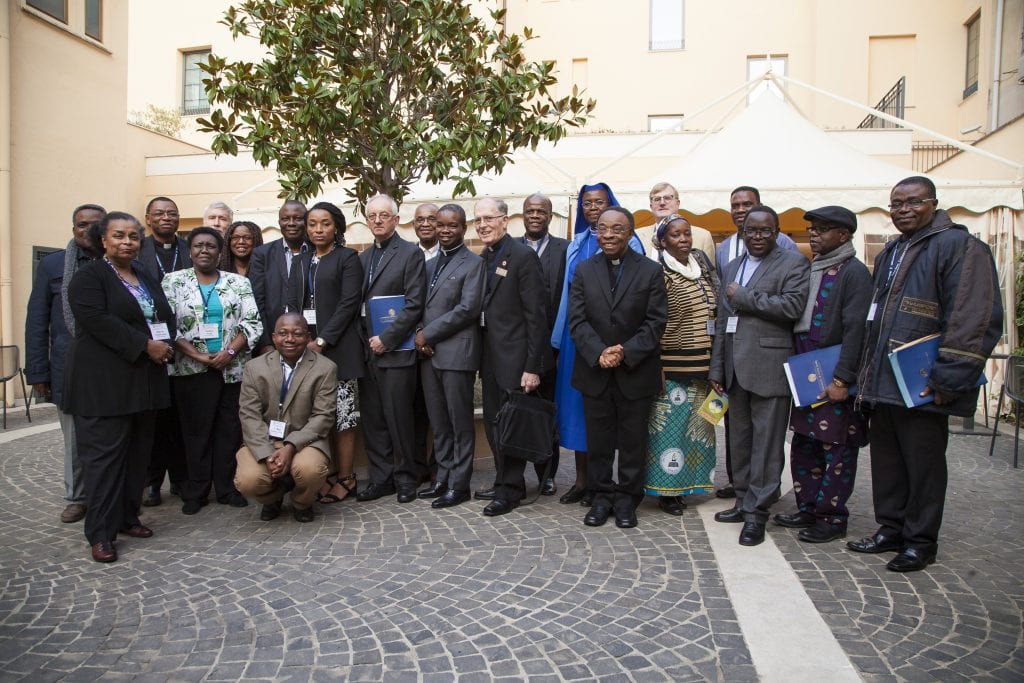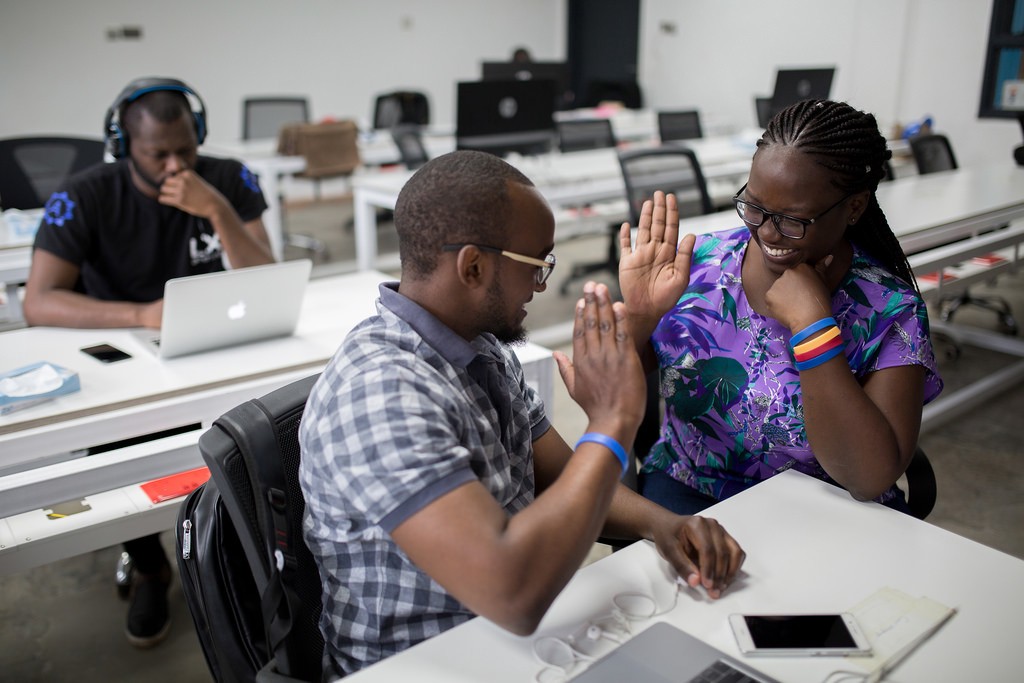9.6 million players globally, including a 28 percent rise in registered female players; More than one million registered players in Africa – up 26 percent since 2017; Over 2.2 million girls and boys participated in Get Into Rugby around the world in 2018; South Africa tops global table for Get Into Rugby participation; Burkina Faso newest addition to World Rugby’s global family.
A record number of people are playing rugby worldwide as the sport continues to grow and prosper in Africa and across the globe, according to the World Rugby Year in Review 2018.
The sport’s unprecedented growth continued in 2018 with 9.6 million men, women and children playing the game around the world. This includes 2.7 million women, up 10 percent on the previous year and accounting for more than a quarter of the total global playing population.
In Africa alone, the number of registered players topped one million (1,004,674), an increase of 26 percent since 2017 as the sport continues to thrive on the continent.
This growth was underpinned by World Rugby’s development programme Get Into Rugby, which acts as a gateway for young people to try, play and stay in rugby. For the second consecutive year, more than two million girls and boys (2,280,200 with 40 percent female participation) enjoyed the sport and everything it has to offer. More than 4,000 Get Into Rugby activities took place from Kathmandu in Nepal to Kitwe in Zambia, hosted by 159 registered unions and expanding the sport’s global reach.
In Africa, 460,000 children took part in Get Into Rugby activities, 42 percent of them female, while South Africa topped the global table with the highest number of participants per country. South Africa also had success with its referee development programme as 261 young referees between the ages of 13-14 – 45 percent of whom were girls – took part in the ‘I also play referee’ initiative, a significant increase on the 2017 total.

In Asia, the popularity of Get Into Rugby helped World Rugby’s Impact Beyond legacy programme reach its goal of one million new participants nine months before Japan is due to host Rugby World Cup 2019, setting the stage for a game-changing tournament. Project Asia 1 Million is a central pillar of World Rugby’s mission to grow the game locally and ensure Japan 2019 – the first Rugby World Cup to be hosted in Asia – is the most impactful Rugby World Cup to date. Namibia will join South Africa in representing the African continent in Japan after winning the Rugby Africa Gold Cup in 2018.
Excitingly the total number of registered female players grew by an impressive 28 percent to 581,000 across all of World Rugby’s member unions. This comes during the first full year of implementation of World Rugby’s ambitious plan, Accelerating the global development of women in rugby 2017-25, which aims to support the growth and development of the women’s game and promote parity.
That success was matched off the field by increased engagement levels from female fans – 38 percent increase in video views by women and the growth of the World Rugby and Rugby World Cup female audience on Twitter to more than 30 percent. It was also reflected in increased diversity at the highest levels of the game in a year when World Rugby added 17 new female members to its Council and New Zealand was named as first-time hosts of Women’s Rugby World Cup 2021.
World Rugby was also pleased to welcome Burkina Faso, where rugby is now included on the school curriculum, as one of its newest associate member unions in 2018. Other highlights in 2018 included the second Youth Olympic Games rugby sevens tournament in Buenos Aires, won by Argentina (men’s) and New Zealand (women’s). Meanwhile, Rugby World Cup Sevens in San Francisco saw 100,000 fans across three days create an incredible atmosphere inside the iconic AT&T Park, with a US broadcast audience of nine million tunings in, many watching rugby for the first time.

This helped drive even greater interest in the sport, which now boasts a global fan base of 800 million worldwide, driven by young people consuming sevens digital content in emerging markets like the USA, China, India, and Brazil.
Thanks to a new partnership with the African Press Association (APO) coverage of African rugby also increased significantly in 2018. The Rugby Africa Gold Cup achieved just under two million YouTube views, while 196 press releases were distributed by member unions, helping to promote rugby across the continent.
Off the field, player welfare remains World Rugby’s number one priority with the international federation focusing on evidence-based injury prevention at all levels of the sport. Alongside its ongoing focus on research, World Rugby’s training and education programmes remain core to its strategy, with more than 2,700 training courses delivered worldwide in 2018.
World Rugby Chairman Sir Bill Beaumont said: “2018 was another special year for rugby as we watched the sport continue to prosper and grow both on and off the field. Within a total playing population of 9.6 million it was fantastic to see our Get Into Rugby programme – run in partnership with unions and regions – continue to break participation records with over two million girls and boys worldwide getting involved for the second year in a row amid a growing global fan base of 800 million.
The 26 percent increase in the number of registered rugby players in Africa shows the sport is thriving in the region and I would like to thank Rugby Africa and its unions for the tremendous effort they put into growing the game in 2018.
“As Rugby World Cup 2019 fast approaches, it was particularly pleasing to see our Impact Beyond programme surpassing all expectations in Asia in 2018, reaching its target of one million new participants in the region a full nine months ahead of schedule. With the tournament expected to be game-changing in every respect, the stage is now set for the most impactful Rugby World Cup ever.
“From a women’s rugby perspective, 2018 was a breakthrough year as we began implementation of our groundbreaking strategy to accelerate the development of women in rugby at all levels. Progress was evident with increased participation and engagement levels as well as in the governance of the sport, where we welcomed the first women onto World Rugby Council. We will continue to strive for even greater parity in 2019.”
Kelechi Deca

Kelechi Deca has over two decades of media experience, he has traveled to over 77 countries reporting on multilateral development institutions, international business, trade, travels, culture, and diplomacy. He is also a petrol head with in-depth knowledge of automobiles and the auto industry.















